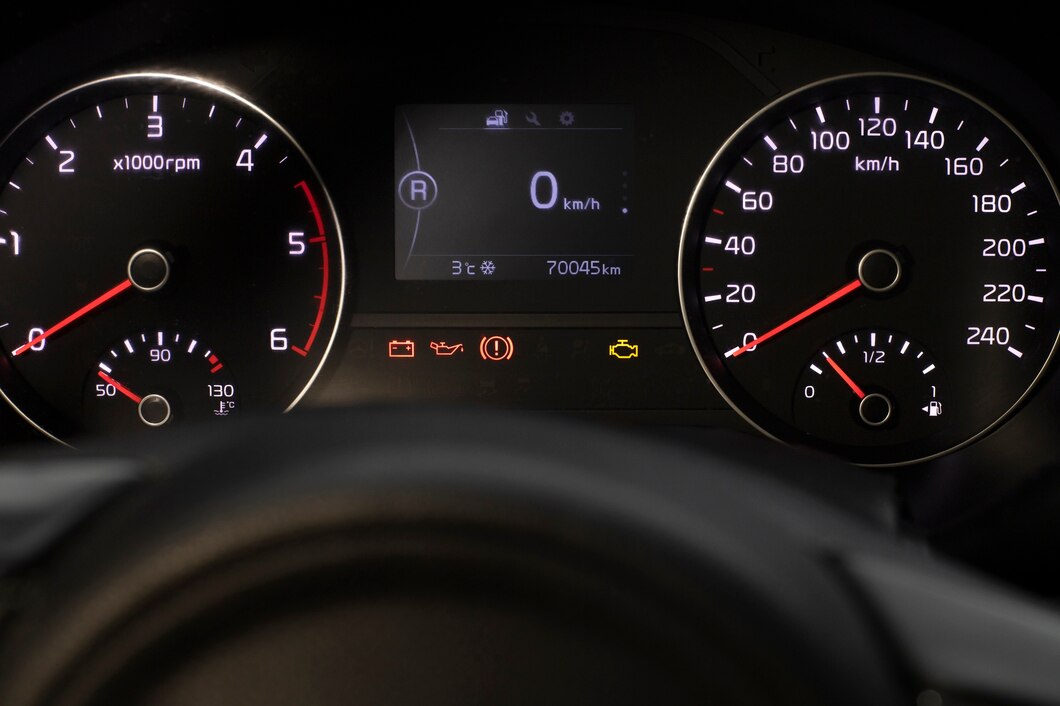Your car’s Exhaust Gas Recirculation (EGR) valve plays a crucial role in reducing harmful emissions and maintaining engine efficiency. Over time, it can accumulate carbon deposits, leading to performance issues and potential damage if left unaddressed. Recognizing the early signs that your EGR valve needs cleaning can prevent costly repairs and ensure your vehicle runs smoothly. Here are some indicators to watch out for:
- Check Engine Light (CEL) Illuminates: One of the primary indications of EGR valve problems is the illumination of the check engine light on your dashboard. The EGR system is monitored by the vehicle’s onboard diagnostics, and any irregularities, such as excessive carbon buildup or insufficient flow, can trigger the CEL.
- Rough Idling or Stalling: A dirty EGR valve can disrupt the air-fuel mixture, leading to rough idling or stalling when the vehicle is at a standstill. If you notice your car struggling to maintain a consistent idle speed or experiencing frequent stalls, it could be a sign of EGR valve issues.
- Reduced Engine Performance: Carbon buildup in the EGR valve can restrict the flow of exhaust gases, affecting engine performance. You may notice a decrease in power, particularly during acceleration or when climbing hills. The engine may feel sluggish or unresponsive, indicating a potential problem with the EGR system.
- Increased Fuel Consumption: When the EGR valve is clogged or malfunctioning, the engine may compensate by burning more fuel to maintain performance. As a result, you may observe a sudden increase in fuel consumption, despite driving habits and conditions remaining consistent. Monitoring your vehicle’s fuel efficiency can help identify potential EGR valve issues.
- Excessive Exhaust Emissions: The primary function of the EGR valve is to recirculate a portion of the exhaust gases back into the combustion chamber to reduce nitrogen oxide emissions. If the valve is dirty or failing, it may not operate efficiently, leading to higher emissions levels during vehicle operation. A smog test failure or visible smoke from the exhaust can indicate EGR system problems.
- Strange Engine Sounds: In some cases, a malfunctioning EGR valve may produce unusual engine noises, such as knocking, pinging, or hissing sounds. These noises can occur during acceleration or deceleration and may indicate issues with exhaust gas flow or valve operation. It’s essential to address these sounds promptly to prevent further damage to the engine.
- Poor Fuel Economy: A compromised EGR valve can disrupt the air-fuel ratio, resulting in poor fuel combustion and decreased fuel efficiency. If you notice a significant drop in miles per gallon (MPG) or find yourself refueling more frequently than usual, it could be a symptom of EGR valve problems.
If you experience any of these symptoms, it’s crucial to have your vehicle inspected by a qualified mechanic to determine the underlying cause. Cleaning the EGR valve is often a straightforward maintenance procedure that can restore engine performance and reduce emissions. However, in some cases, the valve may need to be replaced if it’s severely damaged or worn out.
Regular maintenance, including periodic inspection and cleaning of the EGR system, can help prevent issues and ensure your vehicle operates efficiently for years to come. By staying vigilant and addressing potential problems early on, you can avoid costly repairs and enjoy a smoother driving experience.











